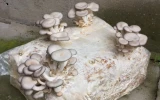The Ideal Mushroom Colonization Conditions For 5 Types
To optimize the colonization of your mushroom mycelium, you may want to set the right conditions for it. Each mushroom species has its own ideal conditions, which include temperature, moisture, light exposure, and substrate type. In this article, we'll explore the ideal colonization conditions for five different types of mushrooms, so you can cultivate your own delicious crop with ease.
Oyster mushrooms prefer temperatures between 70 and 75°F and a relative humidity of 90–95%. Shiitake mushrooms prefer temperatures between 60 and 75°F and an RH of 70–80%. Button and portobello mushrooms require the same conditions: temperatures between 70 and 75°F and an RH of 80–90%. Lion's mane requires a temperature of 68–75°F and an RH of 85–95%.
Oyster mushrooms prefer substrates such as straw, sawdust, and coffee grounds, while shiitake and lion's mane mushrooms are typically grown on hardwood sawdust or logs. Portobello and button mushrooms both prefer composted manure or straw as substrates. Let's find out how these substrates are prepared to optimize the colonization process of each mushroom species.
Summary
- Oyster mushrooms, portobello mushrooms, and button mushrooms can quickly colonize the substrate if the temperature is set between 70 and 75°F. Meanwhile, shiitake mushrooms prefer cooler temperatures, between 60 and 75°F, while lion's mane requires a temperature of 68 to 75°F.
- During the colonization phase, mushrooms don't need direct sunlight and will benefit more if kept in warm and dark spaces to allow for optimal mycelium growth.
- Aside from setting the ideal conditions for colonization, it also helps to prepare the correct type of substrate for each different mushroom species.
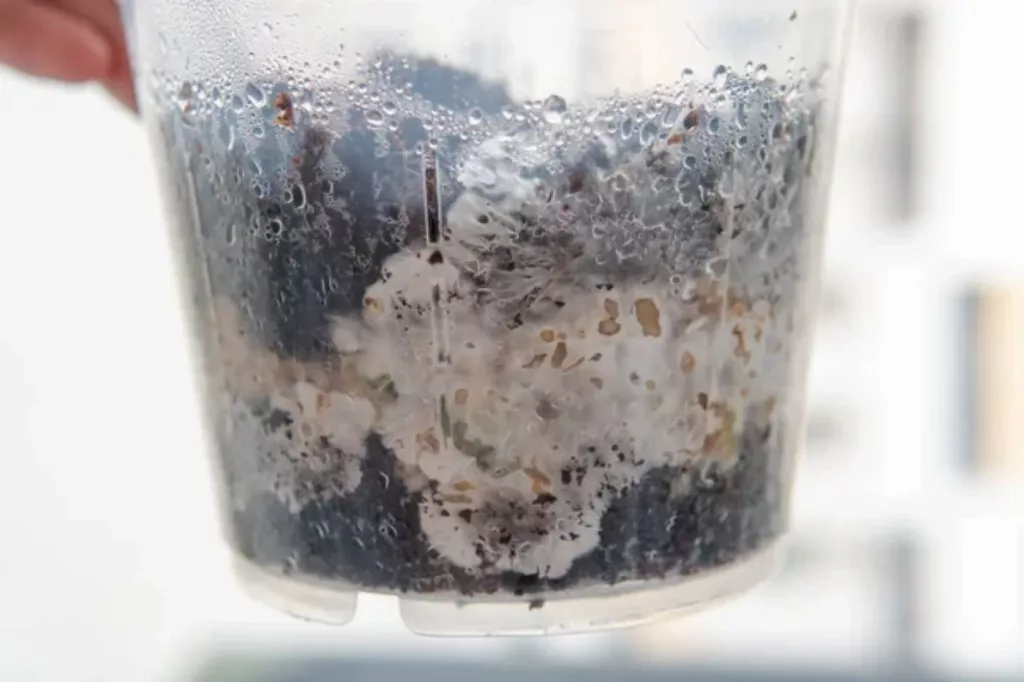
On this page:
Ideal Mushroom Colonization Conditions
When it comes to mushroom cultivation, the ideal conditions for colonization can vary depending on the type of mushroom you are growing. Here are five different types of mushrooms and the ideal conditions they require:
Ideal conditions for oyster mushrooms
Oyster mushrooms are a popular choice for home cultivators due to their easy and fast cultivation and delicious taste. To get the best results when growing oyster mushrooms, you may want to keep the following factors in mind:
| Requirements | Ideal Oyster Mushroom Colonization Conditions |
|---|---|
| Substrate | Can be grown on a variety of substrates, including straw, sawdust, and coffee grounds |
| Temperature | 70-75°F |
| Light | Do not require light during the colonization stage and can be grown in complete darkness |
| Moisture | Prefer high humidity levels, around 90-95% RH |
Ideal conditions for shiitake mushrooms
Shiitake mushrooms are a popular choice for their meaty texture and umami flavor. To get the best results when growing shiitake mushrooms, you may need to provide the following ideal conditions :
| Requirements | Ideal Shiitake Mushroom Colonization Conditions |
|---|---|
| Substrate | Typically grown on hardwood sawdust or logs |
| Temperature | 60-75°F |
| Light | Do not require light during the colonization stage and can be grown in complete darkness |
| Moisture | Prefer moderate humidity levels, around 70-80% RH |
Ideal conditions for button mushrooms
Button mushrooms are a common variety found in grocery stores and are known for their mild flavor and versatility in cooking. To get the best results when growing button mushrooms, consider the following ideal conditions:
| Requirements | Ideal Button Mushroom Colonization Conditions |
|---|---|
| Substrate | Typically grown on composted manure or straw |
| Temperature | 70-75°F |
| Light | Do not require light during the colonization stage and can be grown in complete darkness |
| Moisture | Prefer high humidity levels, around 80-90% RH |
Ideal conditions for portobello mushrooms
Portobello mushrooms are a larger, meatier variety that can be used in a variety of dishes. When growing these profitable mushrooms, you might need to consider the following conditions:
| Requirements | Ideal Portobello Mushroom Colonization Conditions |
|---|---|
| Substrate | Typically grown on composted manure or straw |
| Temperature | 70-75°F |
| Light | Do not require light during the colonization stage and can be grown in complete darkness |
| Moisture | Prefer high humidity levels, around 80-90% RH |
Ideal conditions for lion's mane mushrooms
Lion's mane mushrooms are a unique variety known for their fluffy, white appearance and seafood-like flavor. To get the best results when growing lion's mane mushrooms, it's best to provide the following ideal conditions:
| Requirements | Ideal Lion's Mane Mushroom Colonization Conditions |
|---|---|
| Substrate | Typically grown on hardwood sawdust preferably oak or maple, but can also be grown on logs |
| Temperature | 68-75°F |
| Light | Do not require light during the colonization stage and can be grown in complete darkness |
| Moisture | Prefer high humidity levels, around 80-90% RH |
Preparing the Ideal Substrate for Each Mushroom Type
Different types of mushrooms require different substrates, so you must choose the right one for the variety you are growing. Here are some tips you may want to follow:
Preparing the ideal substrate for oyster mushrooms
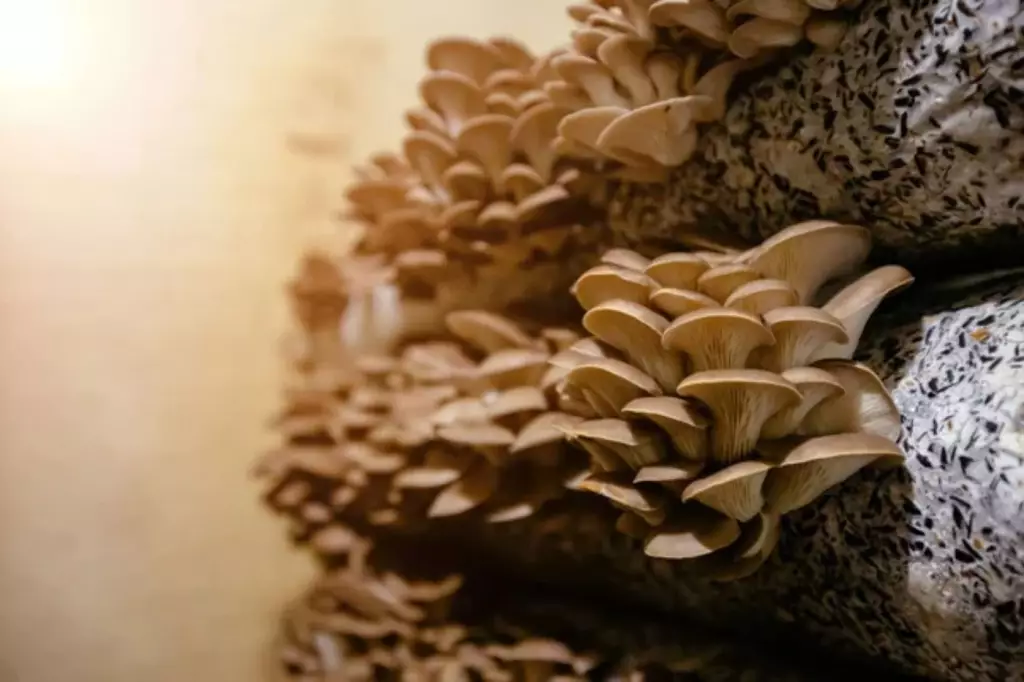
Oyster mushrooms prefer a substrate that is high in nitrogen and low in lignin. You can use a variety of materials as a substrate for oyster mushrooms, including straw, sawdust, coffee grounds, and sugarcane bagasse. You may find the substrate recipes for oyster mushrooms in this article.
To prepare the substrate, mix it with water until it reaches a moisture content of 50-70%. Then, sterilize the substrate to kill any bacteria or other microorganisms that could compete with the mushroom mycelium.
You may sterilize the substrate by using a pressure cooker. If you don't have a pressure cooker, you may also sterilize it through a microwave oven or through boiling.
Preparing the ideal substrate for shiitake mushrooms
Shiitake mushrooms prefer a woody substrate that is high in lignin and cellulose. You may opt to use hardwood sawdust or wood chips as a substrate for shiitake mushrooms.
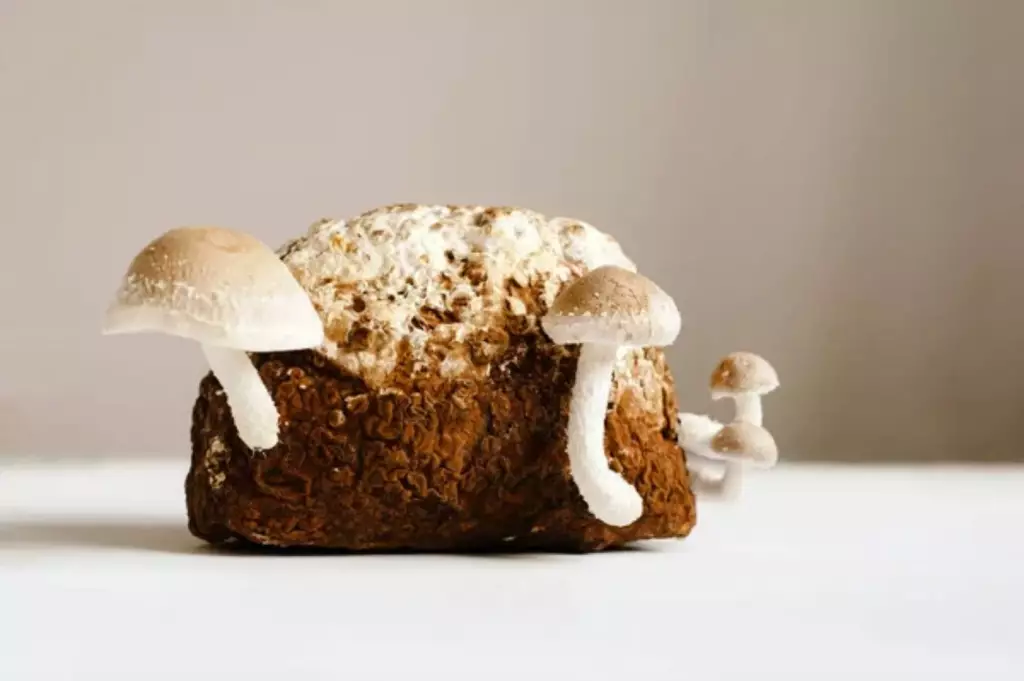
To prepare the substrate, mix it with water until it reaches a moisture content of 50-70%. Then, pasteurize the substrate to kill any bacteria or other microorganisms that could compete with the mushroom mycelium. You can pasteurize the substrate by heating it to 160-180°F for 1-2 hours.
For a more detailed step-by-step process, you may follow this Easy Shiitake Mushroom Substrate Recipe to Make At Home.
Preparing the ideal substrate for button mushrooms
Button mushrooms prefer a substrate that is high in nitrogen and potassium. You can use a mixture of composted manure and straw as a substrate for button mushrooms. To make it more nitrogen-rich, you may need to add supplements like cottonseed meals or soybean meals.
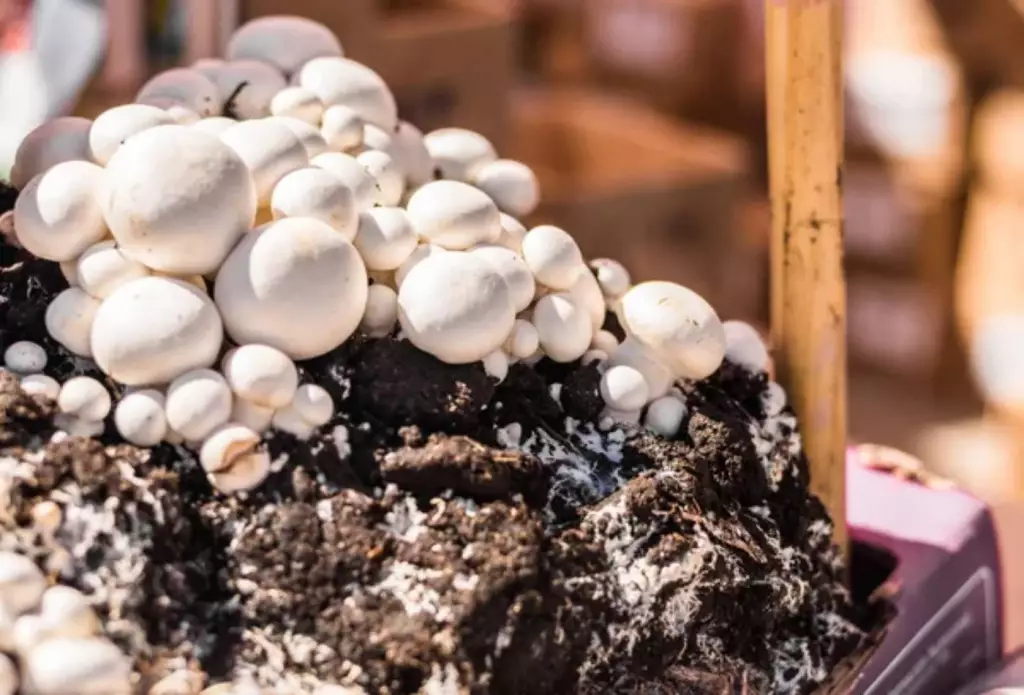
To prepare the substrate, mix it with water until it reaches a moisture content of 60-70%. Then, pasteurize the substrate to kill any bacteria or other microorganisms that could compete with the mushroom mycelium. You may pasteurize the substrate by heating it to 140-160°F for 1-2 hours.
Preparing the ideal substrate for lion's mane mushrooms

Lion's mane mushrooms prefer a substrate that is high in cellulose and hemicellulose. You can use hardwood sawdust or wood chips as a substrate for lion's mane mushrooms.
To prepare the substrate, mix it with water until it reaches a moisture content of 60-70%. Then, sterilize the substrate to kill any bacteria or other microorganisms that could compete with the mushroom mycelium. You can sterilize the substrate by heating it to 160-180°F for 1-2 hours.
Preparing the ideal substrate for portobello mushrooms
Portobello mushrooms grow best on a substrate that is high in nutrients and has a good water-holding capacity. Some popular substrates for portobello mushrooms include composted horse manure, straw, and sawdust.
Before you use the substrate, you may first want to sterilize it to kill any bacteria or fungi that could compete with your portobello mushroom mycelium. You may also sterilize the substrate by using heat or chemicals.
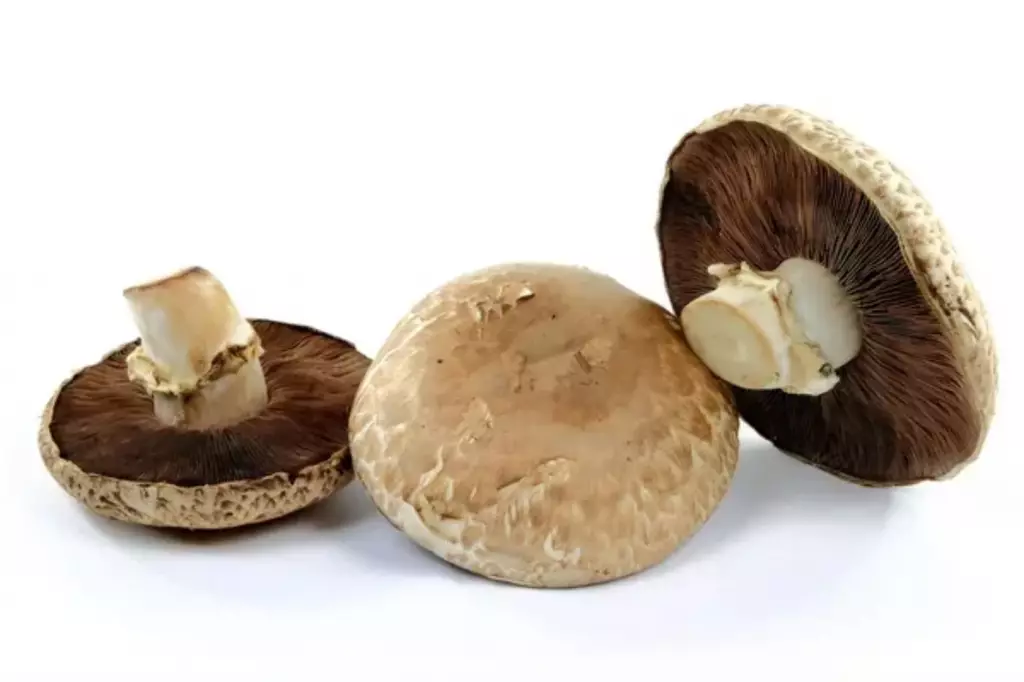
To increase the nutrient content of your substrate, you could add supplements like gypsum, soybean meal, or bran. Although these mushrooms need plenty of moisture, you may have to monitor that they won't get waterlogged. Aim for a moisture content of around 70-75%.

